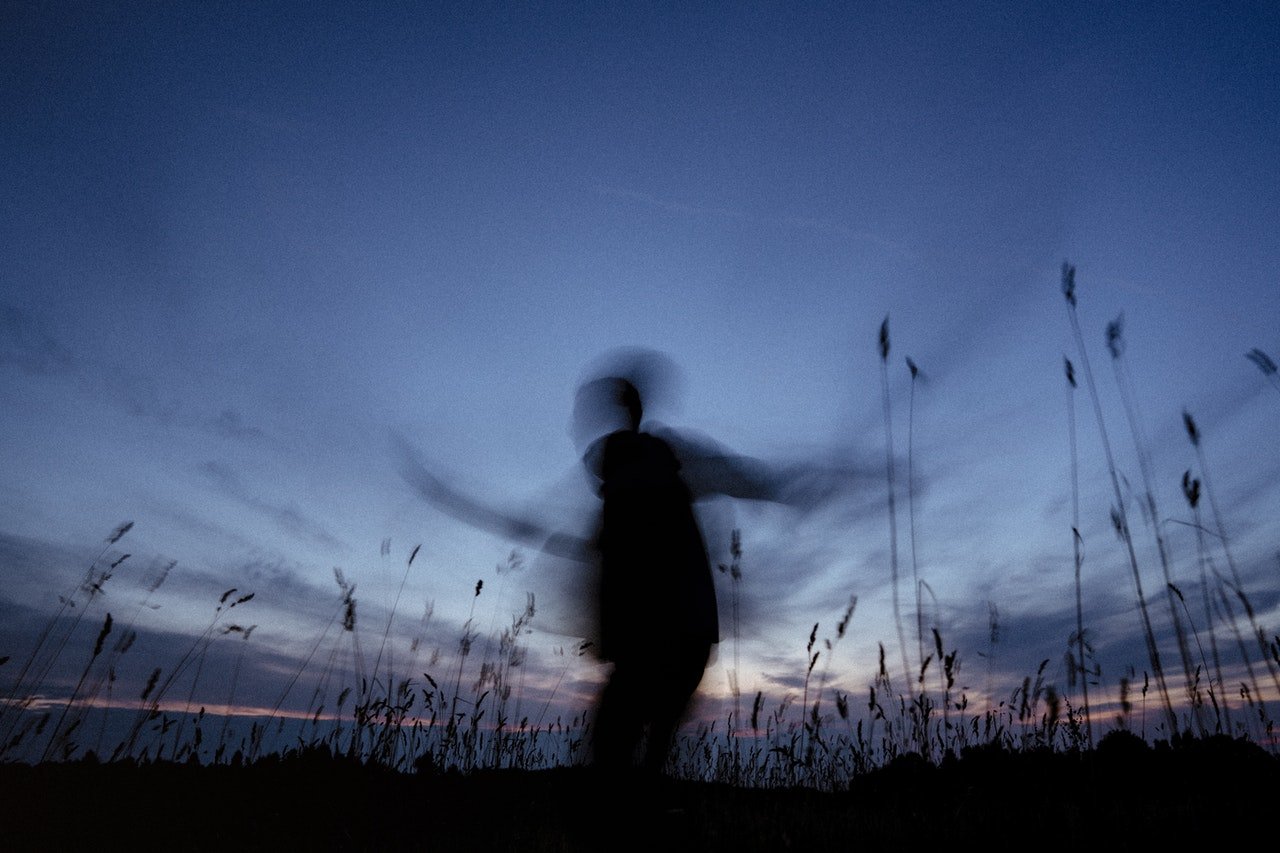Authors J.B. Stevens and Christopher McGinley discuss the opening for his historical crime novel Once These Hills.
The First Line is a recurring column by J.B. Stevens. Mystery Tribune readers (you) get an inside look at what goes through the author’s mind as they craft their opening.
For the column, an author presents the initial sentence of their story. Then J.B. writes his impression of the passage. Next, the author discusses what their intent was with the line. To keep it interesting, J.B. writes his section before looking at the author’s description. Finally, you decide: Did the author achieve their goal?
*****

For this edition of The First Line, we are looking at Once These Hills by Chris McGinley an August 2023 release from Shotgun Honey Books.
Once These Hills, the first line:
Lydia was just ten when the bog woman entered her life.
J.B.’s thoughts:
Wow, great line. What the heck is a bog woman, and why is it messing with ten-year-old girls? I am very, very eager to read more. This is one of the best lines to hit the column. This creates so many story questions and sets the scene well. Kids, bogs, mysterious women… This is an outstanding opener.
Chris’s first line was great—he hit the nail on the head.
Chris’s goal with the line:
I like a short, declarative first line . . . something that conveys a sense of mystery, or something that conjures an eerie mood without disclosing too much. (This is not a new idea, of course.) The bog woman figures crucially in the novel, on several different levels: as the bearer of a curse, as a potential savior, as a feminine force, and as an actual person from another era, too. In one way or another, the bog woman’s presence is continually felt; she is always there, if you will. As someone (some thing?) of the hills, she ties into one of the themes of the novel: the human threat to nature. She is an undefined entity in many respects, both feared, loved, and worshipped. And in the close of the novel—in a surprising reveal—she figures more critically than anywhere else.
Like the main character, Lydia King, readers have to reckon with the bog woman. There’s no way around her.
J.B.’s response:
Chris’s first line was great—he hit the nail on the head. In fact, his first line is so good—it is making me question some of my personal opening sentence choices. Great work by Chris.
*****
Book Synopsis
It’s 1898. Up on Black Boar Mountain in eastern Kentucky, life is quiet for the small settlement of farmers who work the land around their cabins. But when ten-year old Lydia King unearths an ancient, preserved
body on the seep bog, a curse is let loose. At least that’s what some people believe.
They might be right. Down in the valley, the Railroad uses convict labor to lay track, hell bent on timbering all of the hillside. Problem is, a trio of violent prisoners feel the work ain’t exactly to their liking. Behind their ring leader Burr Hollis, a predatory, sadistic man whose name inspires fear amongst the hardest of criminals, they take to the hills and leave a wake of their own hell up on Black Boar, as wide and deep as any timber cut.
In the years following, Lydia falls in love and marries a mountain boy, someone as skilled and at home in the woods as she. She discovers an intimate part of herself, and experiences both a physical and spiritual
awakening that allows her to put the trauma behind her . . . or so she thinks.
When Burr Hollis returns for a reckoning with her, she’ll need all of her huntress skills just to stay alive. But she won’t have much of a chance, unless she can reverse the curse of the bog body.





